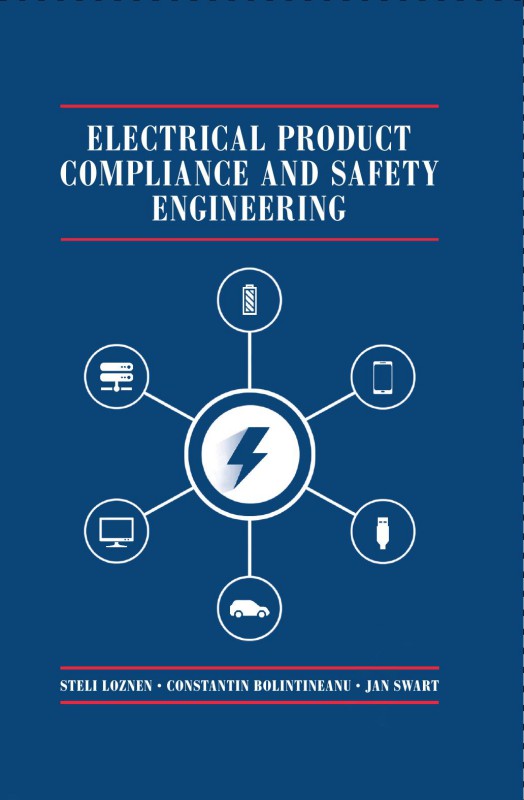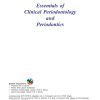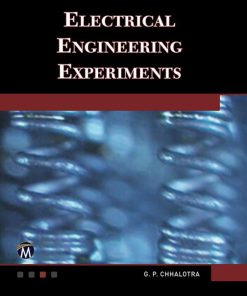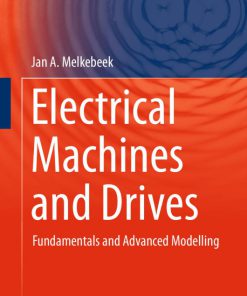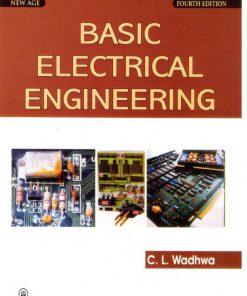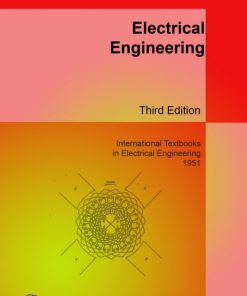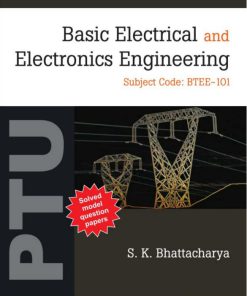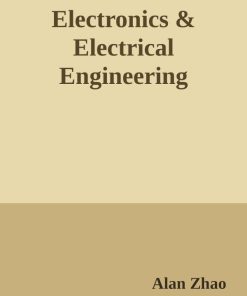(Ebook PDF) Electrical Product Compliance and Safety Engineering 1st edition by Steli Loznen, Constantin Bolintineanu, Jan Swart 1630814563 9781630814564 full chapters
$50.00 Original price was: $50.00.$25.00Current price is: $25.00.
Authors:Jan Swart , Series:Electrical Engineering [202] , Author sort:Swart, Jan , Languages:Languages:eng , Published:Published:Apr 2017 , Publisher:Artech House
Electrical Product Compliance and Safety Engineering 1st edition by Steli Loznen, Constantin Bolintineanu, Jan Swart – Ebook PDF Instant Download/DeliveryISBN: 1630814563, 9781630814564
Full download Electrical Product Compliance and Safety Engineering 1st edition after payment.

Product details:
ISBN-10 : 1630814563
ISBN-13 : 9781630814564
Author : Steli Loznen, Constantin Bolintineanu, Jan Swart
This comprehensive resource is designed to guide professionals in product compliance and safety in order to develop more profitable products, contribute to customer satisfaction, and reduce the risk of liability. This book analyzes the principles and methods of critical standards, highlighting how they should be applied in the field. It explores the philosophy of electrical product safety and analyzes the concepts of compliance and safety, perception of risk, failure, normal and abnormal conditions, and redundancy. Professionals find valuable information on power sources, product construction requirements, markings, compliance testing, and manufacturing of safe electrical products.
Electrical Product Compliance and Safety Engineering 1st Table of contents:
1 Why Do We Need Electrical ProductCompliance and Safety?
1.1 Product Compliance and Safety in the Twenty-First Century
1.2 Electrical Product Safety Legislation and Liability
1.3 Designing for Safety
1.4 Safety Cost Estimation
2 International Regulations and GlobalMarket Access
2.1 Regional Regulations: How They Differ
2.2 CE Marking
2.3 NRTLs
2.4 Certification Body (CB) Scheme
2.5 Product Certification Marks
2.6 ISO Registration Process
3 Product Safety Standards
3.1 Introduction
3.2 Product Safety and Standardization
3.3 What Is a Standard?
3.4 Structure of the Product Safety Standard
3.5 Conformity to Product Safety Standards
3.6 Types of Product Safety Standards
3.7 Objectives for Products Safety Standards
3.8 Product Safety Standard Developers
4 Electrical Products Safety Philosophy
4.1 Introduction
4.2 Safety Versus Safe
4.3 How Do Reliability Engineering and Product Safety Differ?
4.4 Perception of Risk
4.5 Failure
4.6 Single-Fault Safe
4.7 Redundancy
4.8 Safety Factors
4.9 Work Safety Versus Product Safety
5 Methods for Failure Analysis
5.1 FMEA
5.2 FTA
5.3 Hazard and Operability Study (HAZOP)
5.4 Action Error Analysis (AEA)
5.5 Event Tree Analysis (ETA)
6 Risk Management for Product Safety
6.1 Introduction
6.2 Identifying Hazards
6.3 Estimation of the Risk
6.4 Risk Evaluation
6.5 Risk Control
6.6 Functional Safety
6.7 Standards for Risk Management
7 Electrical Product Safety Concepts
7.1 Means of Protection
7.2 Insulation Diagrams
7.3 Safe Current and Voltage limits
7.4 Leakage Currents
7.5 Spacing: Air Clearance and Creepage Distances
7.6 Earthing/Grounding
7.7 Fire, Electrical, and Mechanical Enclosures
7.8 Ratings
7.9 Types of Circuits
7.10 Normal Load
7.11 Abnormal Operating Conditions
8 Selection of Components
8.1 Introduction
8.2 Semiconductors
8.3 Passive
8.4 Temperature Control Devices
8.5 Motors and Fans
8.6 Thermoplastic Materials
8.7 Terminal Blocks
8.8 Connectors
8.9 Internal Wiring
9 Batteries
9.1 Introduction
9.2 Secondary Batteries
9.3 Secondary Battery Safety Standards
9.4 Primary Batteries
9.5 Primary Battery Safety Standards
9.6 Battery Safety Design
10 Power Source
10.1 Introduction
10.2 Power Supplies: Plugs, Connectors, and Cord Sets
10.3 Fuses/Fuse Holders
10.4 Power Entry Modules
10.5 Switches
10.6 Varistors
10.7 Transformers
10.8 Power Supplies
11 Product Construction Requirements
11.1 Introduction
11.2 Enclosures
11.3 Circuit Separation
11.4 Grounding and Bonding
11.5 Resistance to Fire and Flame Rating
11.6 Interlocks
11.7 Moving Parts
11.8 Constructive Aspects Related to EMC
11.9 Parts Subjected to Pressure
11.10 Serviceability
12 Markings, Indicators, and Accompanying Documents
12.1 Marking/Safety Labels/External Marking
12.2 Internal Markings
12.3 Marking of Controls and Instruments
12.4 Color of Indicators and Lights
12.5 User’s Manual and Installation Instructions
12.6 Safety Instructions, Cautions, and Warnings
13 Human Factors and Product Safety
13.1 Introduction
13.2 Operator and Service Personnel
13.3 Human Factors
13.4 Ergonomic Hazards
14 Testing for Compliance and Safety
14.1 Introduction
14.2 Kinds of Product Basic Safety and EMC Tests
14.3 Information Typically Required for Product Basic Safety andEMC Testing
14.4 Work Safety in a Product Basic Safety and EMC TestingLaboratory
14.5 Equipment Used on Product Basic Safety and EMC Testing
14.6 General Testing Conditions
14.7 Product Basic Safety Testing
14.8 EMC Testing
14.9 Software Testing
15 Manufacturing a Safe Electrical Product
15.1 Responsibility of the Manufacturer
15.2 Supply Chain
15.3 Manufacturability
15.4 Integration
15.5 Routine Tests (Production Line Testing)
16 Education and Training for Complianceand Product Safety Professionals
16.1 Introduction
16.2 Compliance and Product Safety Engineering in Senior DesignCourses
16.3 Training Resources Development
16.4 Professional Certification
People also search for Electrical Product Compliance and Safety Engineering 1st:
electrical compliance requirements
electrical product standards
what is product compliance
electrical product certification
regulatory product compliance
You may also like…
eBook MOBI
(Ebook PDF) Electrical Engineering Experiments 1st edition by Chhalotra 9781683921158 full chapters
eBook PDF
(Ebook PDF) Basic Electrical Engineering 4th edition by Wadhwa 9788122429473 full chapters

